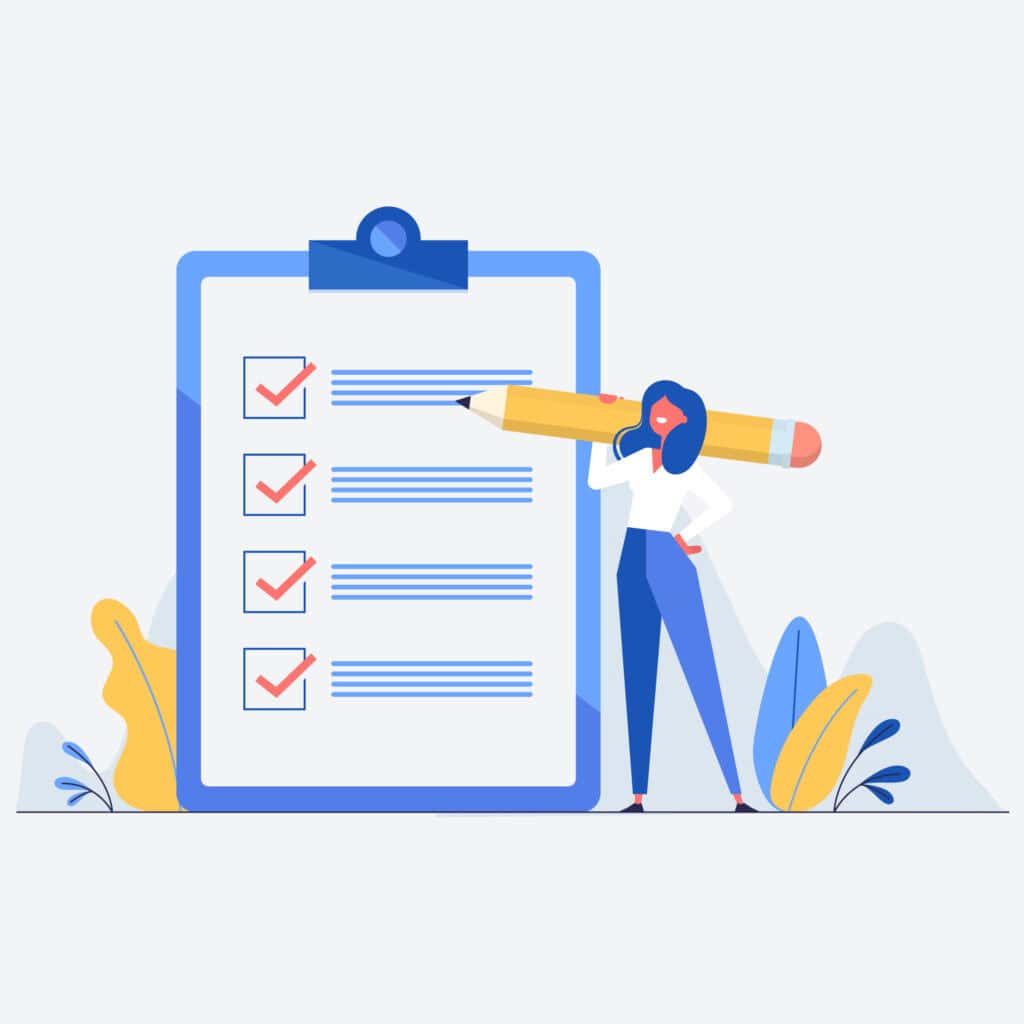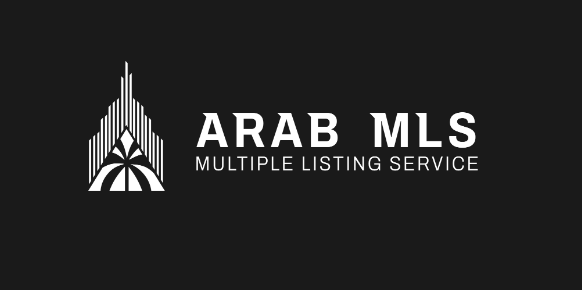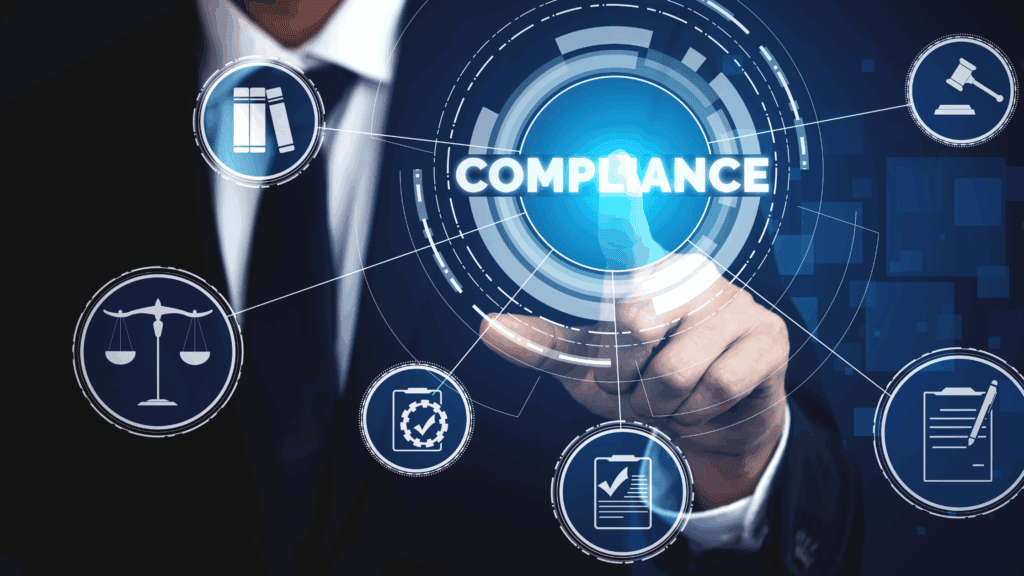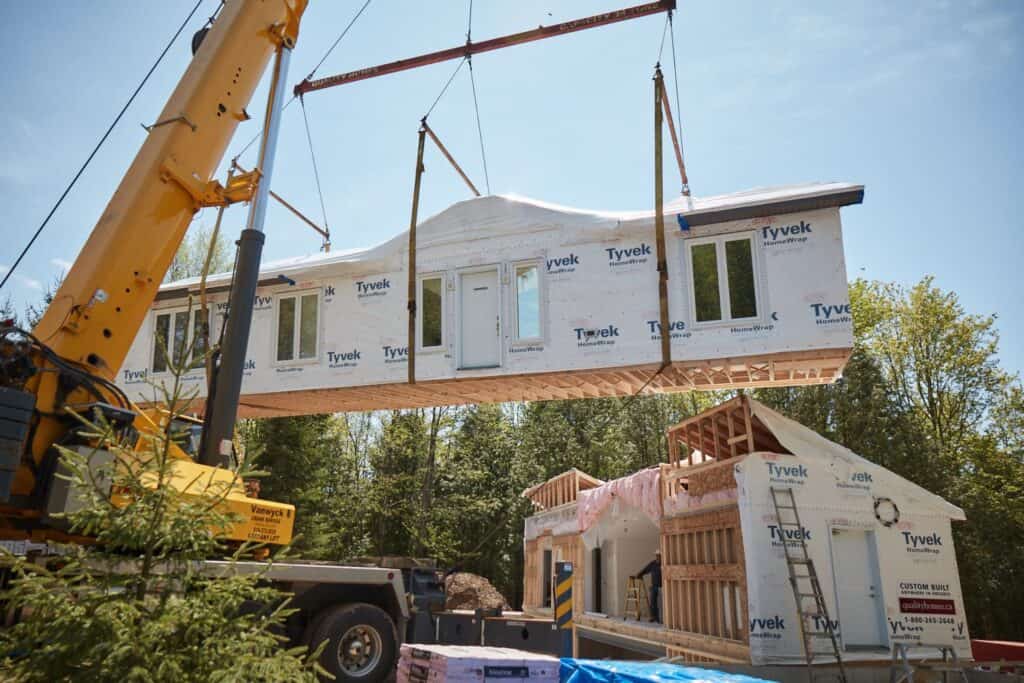In the fast-evolving world of real estate, technology plays a central role in driving efficiency, accuracy, and competitive advantage. At the heart of this technological ecosystem lies the Multiple Listing Service (MLS)—a data-rich, collaborative platform that facilitates the exchange of property information between agents, brokers, and other professionals. While MLS platforms are indispensable, their growing complexity often requires structured learning to unlock their full potential.
This necessity brings us to an essential pillar of real estate development: building well-designed training programs for MLS users. Whether a real estate professional is a seasoned broker or a newly licensed agent, effective MLS training can make the difference between basic usage and true mastery.
In this article, we’ll explore the key considerations in developing MLS training programs. From establishing training goals to addressing regional nuances, integrating real-world scenarios, and evaluating outcomes, the goal is to create programs that not only transfer knowledge but build confidence and competence.
Understanding the Value of MLS Proficiency
An MLS platform is more than a database—it’s a dynamic marketplace and a powerful tool for competitive analysis, pricing strategy, client relationship management, and transaction facilitation. Its value lies in timely, accurate input and insightful retrieval of data. However, the features that make MLS platforms so powerful—advanced search filters, listing syndication tools, compliance protocols, and integrated analytics—are also the ones that often intimidate or confuse new users.
Training programs play a critical role in bridging this gap. When users are equipped to fully understand the MLS system, they can:
- Enter property listings with precision
- Interpret market trends through comparative data
- Conduct accurate property valuations
- Stay compliant with local and national real estate regulations
- Communicate clearly with clients using reliable data
The benefits extend beyond individual performance. At the organizational level, MLS training raises service standards, reduces legal risk, and reinforces a company’s reputation as a professional, client-focused operation.
Building a Foundation: Identifying Training Objectives

The first step in developing a training program is to define its purpose. What exactly should users be able to do upon completing the program? In most cases, goals fall into a few broad categories:
- Onboarding new users with a general understanding of MLS structure and purpose
- Teaching day-to-day operations such as searching listings, inputting property data, and generating reports
- Training on compliance, such as adhering to listing accuracy standards or following fair housing rules
- Exploring advanced tools like market analysis, automated notifications, and third-party integrations
Training objectives should align with the user’s level of experience. A one-size-fits-all approach rarely works in this setting. Instead, real estate firms benefit from designing modular programs tailored to beginner, intermediate, and advanced user groups. This allows each participant to build skills at an appropriate pace and depth.
Designing the Curriculum: Content That Matters
Effective training is grounded in relevance. That means the curriculum must be based on real-world use cases and structured to mirror how MLS is used in practice.
A robust MLS curriculum typically starts with an orientation, which provides an overview of what the platform is, who uses it, and how it fits into the broader workflow of a real estate transaction. This foundational knowledge helps users appreciate the significance of accuracy and timeliness in MLS data.
The core of the curriculum then focuses on practical functions—how to input a listing, modify it, upload photos, run a search, and interpret the results. Here, sequencing is important. For example, users should learn about listing categories and property types before diving into pricing or location filters.
As learners progress, the curriculum can introduce more complex activities such as comparative market analysis (CMA), automated client notifications, and statistical reporting. A common mistake in MLS training is overloading users with features they won’t immediately use. Effective programs strike a balance, delivering immediate value while building toward long-term mastery.
Finally, a good curriculum doesn’t stop at functionality. It should also include training on compliance policies, such as the National Association of Realtors’ Clear Cooperation Policy, and local rules established by regional real estate boards. This ensures users understand not just how to use the system, but how to use it ethically and legally.
Creating Engaging Learning Experiences
Even the best content can fall flat if it’s delivered poorly. Modern MLS training programs should prioritize engagement and interactivity over passive instruction.
Hands-on simulations are particularly effective. These allow learners to practice entering listings or running searches in a risk-free environment that mirrors the live MLS system. Unlike video tutorials, which are often passive, simulations demand active participation and provide immediate feedback—two key components of adult learning theory.
Role-play scenarios can also enhance training. For example, an agent might be asked to use the MLS to find properties for a fictional client with specific needs. This encourages the application of technical knowledge to real-world contexts and helps solidify learning.
In regions like the Arab countries, where agents come from diverse backgrounds and often speak multiple languages, training programs must offer multilingual support and culturally relevant examples. This inclusivity ensures broader accessibility and fosters a more equitable learning environment.
Moreover, training delivery should match the pace and preferences of the audience. Live webinars, in-person workshops, self-paced e-learning modules, and mobile-accessible lessons all have their place. Many organizations find success with a blended approach that combines different methods for greater flexibility and effectiveness.
Measuring Success: Evaluation and Feedback
Creating a training program is only half the battle; measuring its effectiveness is equally important.
Success can be evaluated on multiple levels. Immediate indicators might include completion rates, quiz scores, or positive learner feedback. More substantive indicators appear over time: Are agents making fewer mistakes? Are listings being input correctly on the first try? Are users taking advantage of advanced features?
Feedback from participants should be actively sought and taken seriously. Trainees often identify blind spots in training—areas that were unclear, missing, or confusing. They also suggest ways to improve the user experience, from simplifying language to offering more mobile-friendly formats.
Tracking performance metrics through the MLS system itself can also provide insight. For example, if a high number of listing corrections are required after training, the curriculum might need to revisit listing input standards.
Adapting to Evolving Needs and Technologies
MLS platforms are not static—they evolve regularly in response to new regulations, market demands, and technological innovations. Training programs must be adaptable to these changes.
When new features are added to the MLS system, training materials should be updated accordingly. This means having a curriculum management process in place, complete with version control and clear communication strategies to alert users to changes.
In today’s environment, artificial intelligence (AI) is also beginning to influence MLS systems, with features like predictive analytics and smart search algorithms gaining popularity. Preparing users for these advanced tools will be a key part of MLS training in the near future.
The rise of remote work and global real estate investment further increases the need for flexible, scalable training programs that can be accessed from anywhere. Learning management systems (LMS) and mobile-first design are becoming essential components of modern real estate education.
The Role of Leadership in Training Success
No training program can succeed without institutional support. Leadership at real estate firms, MLS boards, and brokerages must prioritize education, invest in resources, and set clear expectations for participation.
This means assigning dedicated training coordinators, providing paid time for learning, and incorporating MLS proficiency into performance evaluations. When education is valued at the organizational level, it becomes a cultural norm rather than a temporary initiative.
Mentorship programs are another effective strategy. Pairing new users with experienced MLS pros can accelerate learning while fostering a sense of community. Peer-to-peer learning often resonates more deeply than formal instruction and helps create a supportive environment where questions and collaboration are encouraged.
Addressing Regional Needs: Focus on Arab Markets
In Arab countries like the UAE, Egypt, and Saudi Arabia, the real estate sector is growing rapidly. With this growth comes the need for more sophisticated tools—and better training.
MLS platforms in these regions must contend with diverse legal frameworks, multiple languages, and varying levels of technological literacy. Training programs that succeed in these contexts are those that recognize and respect these differences.
For instance, in the UAE, a fast-paced market dominated by international investors and high-end developers, MLS training must emphasize speed, accuracy, and compliance with foreign ownership rules. In Egypt, training may need to address more basic digital literacy skills while navigating unique land ownership laws and unstructured data challenges.
In both cases, incorporating region-specific case studies, legal considerations, and language options is crucial. This ensures that training is not just imported from other markets but thoughtfully tailored to local conditions.
The Future of MLS Training
Looking ahead, MLS training will become more personalized, data-driven, and tech-enabled. Adaptive learning systems—powered by AI—will assess a learner’s current knowledge and adjust content accordingly. Virtual reality may provide immersive simulations where agents can practice navigating the MLS in real-world situations. And blockchain, while still an emerging topic, may influence how listings and transactions are recorded, introducing new modules to MLS training.
Moreover, soft skills will take on greater importance. As MLS tools become more advanced, users will need to combine technical fluency with communication skills, ethical judgment, and critical thinking. The training programs of tomorrow will need to address this broader spectrum of competencies.
Conclusion
Developing training programs for MLS users is not a one-time task—it is a continuous process of evaluation, adaptation, and investment. In a digital-first real estate industry, the ability to use MLS systems effectively is a core professional skill, not a nice-to-have feature.
A successful training program starts with clear goals and is built around practical content, engaging delivery methods, and thoughtful evaluation. It takes into account the varying needs of new and experienced users, supports diverse learning styles, and aligns with the realities of the local market.
In Arab countries and globally, real estate organizations that prioritize MLS training will be better positioned to serve their clients, comply with regulations, and thrive in an increasingly competitive marketplace. In the end, empowering professionals through education is not just a strategic choice—it’s a commitment to excellence.













